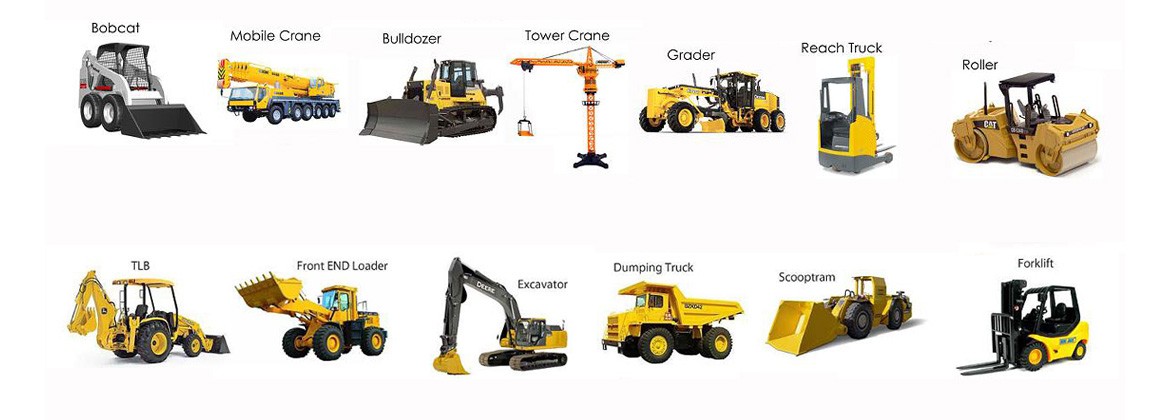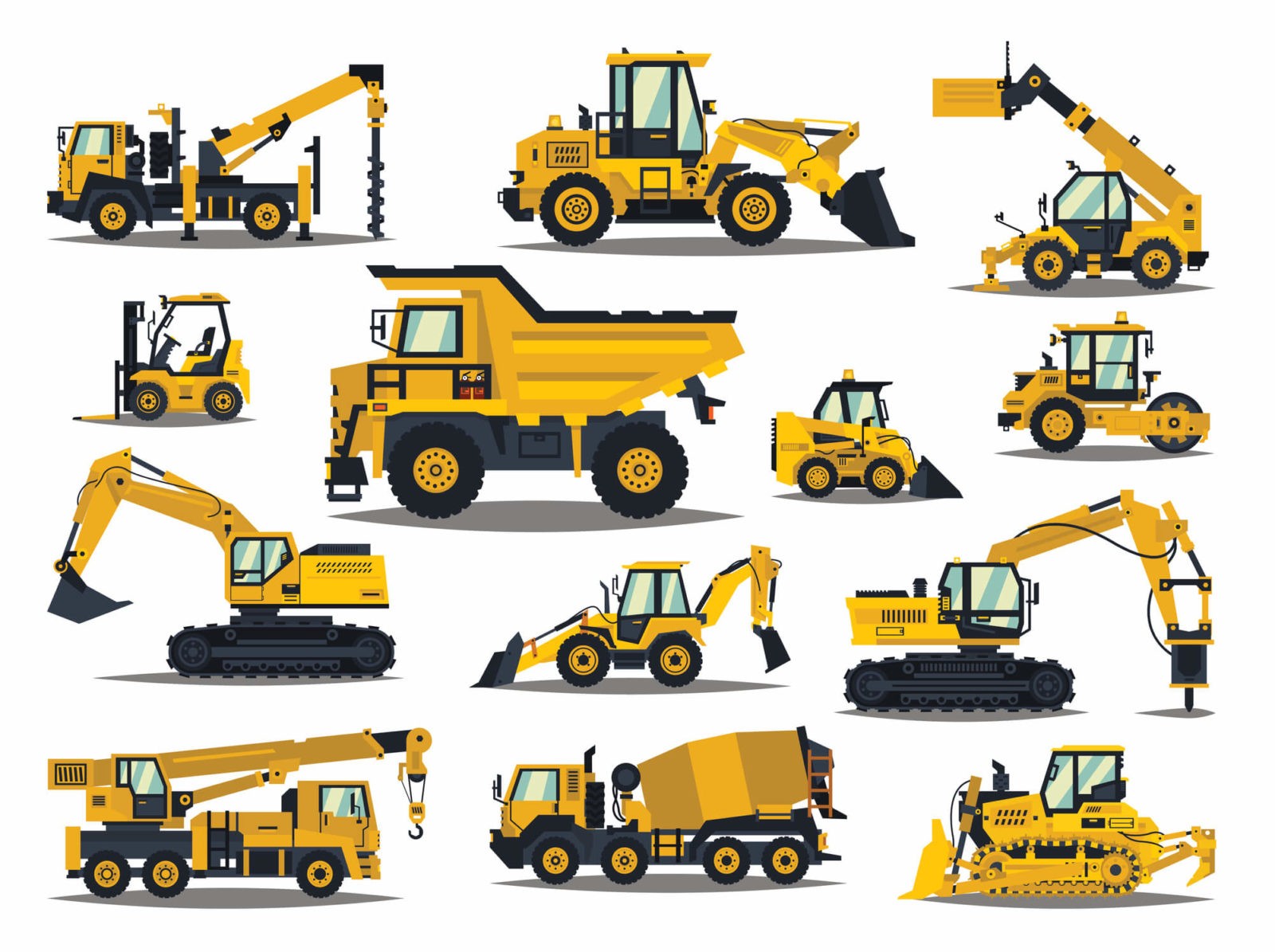Forklift Rental Providers for Industrial and Commercial Use
Forklift Rental Providers for Industrial and Commercial Use
Blog Article
Renting Vs. Purchasing Building And Construction Tools: Making the Right Choice for Your Project
When beginning on a building and construction job, one of the important choices that predict supervisors and stakeholders encounter is whether to acquire or rent construction tools. Both options have their disadvantages and benefits, making the choice a pivotal one in the project preparation procedure. The choice depends upon numerous elements such as cost factors to consider, task period, devices upkeep, danger, scalability, and adaptability administration. Each aspect plays an important function in identifying one of the most appropriate path for the project's equipment demands. scissor lift rental. Allow's check out these elements additionally to comprehend exactly how they influence the decision-making procedure and eventually the success of the project.
Cost Considerations
Renting out devices frequently calls for lower initial settlements contrasted to buying, making it an eye-catching option for temporary tasks or specialists with budget plan constraints. In the long run, continuously renting devices can gather higher prices than purchasing, especially for extended tasks.
On the other hand, acquiring building tools involves greater upfront expenses but can result in long-term savings, specifically for frequent users or long-lasting tasks. Possessing equipment gives flexibility, ease, and the possibility for resale value once the project is completed. In addition, owning equipment permits customization and familiarity with particular equipment, potentially increasing effectiveness and performance on-site. Ultimately, the choice in between getting and renting out construction equipment depends upon the project's duration, regularity of use, budget plan considerations, and long-term financial goals.
Job Period

Alternatively, for lasting tasks or recurring building work, purchasing equipment might be the a lot more affordable choice. Purchasing devices can result in set you back financial savings in the future, particularly if the equipment will certainly be regularly used. Furthermore, owning tools supplies a sense of control over its accessibility and allows for personalization to fit particular task needs.

Equipment Maintenance
Offered the essential duty job period plays in identifying the most economical technique between renting and acquiring building equipment, the emphasis now changes towards checking out the necessary aspect of equipment upkeep. On the other hand, having devices calls for an aggressive strategy to maintenance to avoid failures, make sure security, and extend the tools's life expectancy. Inevitably, a well-maintained building devices fleet, whether rented out or possessed, is crucial for the effective and effective completion of building tasks.
Flexibility and Scalability
In the world of building equipment administration, the element of versatility and scalability holds significant value for project efficiency and source application. Choosing to rent building and construction equipment offers a high level of flexibility as it enables for the quick modification of equipment types and quantities based on the progressing demands of a project.
Moreover, scalability, another important factor, is naturally connected to adaptability. Renting out construction tools uses the advantage of easily scaling procedures up or down as project needs vary. Contractors can swiftly exchange or add tools to match the project's changing needs without the restrictions of having properties that may end up being underutilized or out-of-date. This ability to scale resources efficiently can cause cost financial savings and enhanced project timelines, making renting out a desirable option for tasks requiring flexibility and responsive source appropriation.
Danger Administration
Efficient risk administration in building tools operations is extremely important to making certain job success and mitigating possible economic losses. Construction tasks naturally involve different threats, such as equipment break downs, mishaps, and project hold-ups, which can substantially impact the task timeline and budget. By meticulously considering the risks connected with owning or renting out building devices, task managers can make educated choices to lessen these potential hazards.
Leasing building equipment can use a level of risk mitigation by transferring the duty of repair and maintenance to the rental company. This can reduce the monetary burden on the job owner in instance of unexpected devices failings (scissor lift rental). Additionally, leasing supplies the adaptability to accessibility customized devices for details project phases, lowering the risk of owning underutilized machinery
On the other hand, having building equipment gives a feeling of control over its usage and maintenance. However, this also implies bearing the complete obligation for repair services, maintenance costs, and devaluation, boosting the economic risks associated with equipment possession. Cautious threat analysis and factor to consider of variables such as project duration, tools usage, and maintenance needs are crucial in determining one of the most ideal choice for efficient threat administration in building jobs.
Conclusion
To conclude, when determining between purchasing and leasing building and construction devices, it is essential to consider expense, job duration, tools upkeep, scalability, danger, and flexibility monitoring. Each variable plays a critical role in determining one of the most suitable option for the task handy. By very carefully assessing these aspects, task supervisors can make an enlightened choice that aligns with their spending plan, timeline, and general task goals.

Report this page